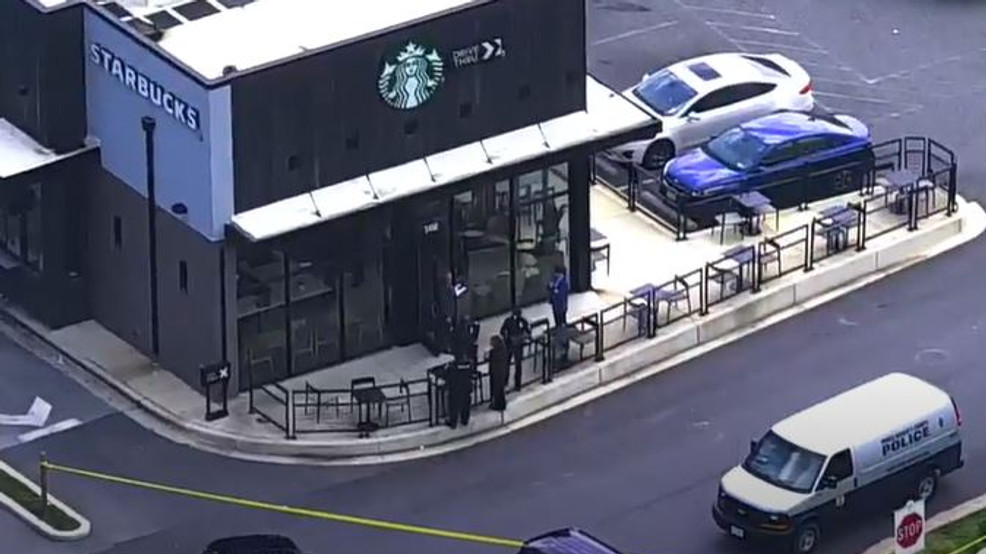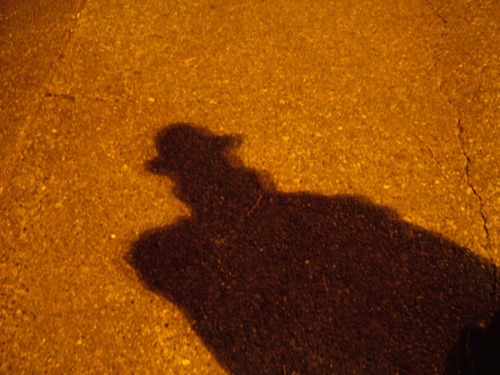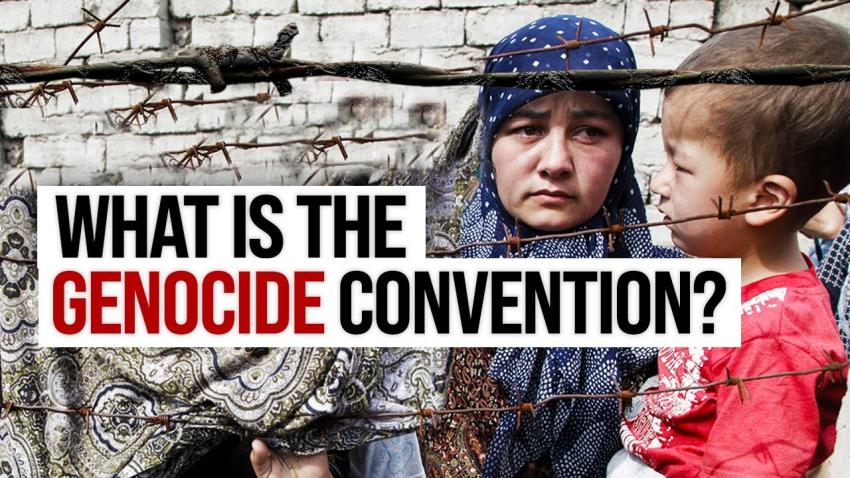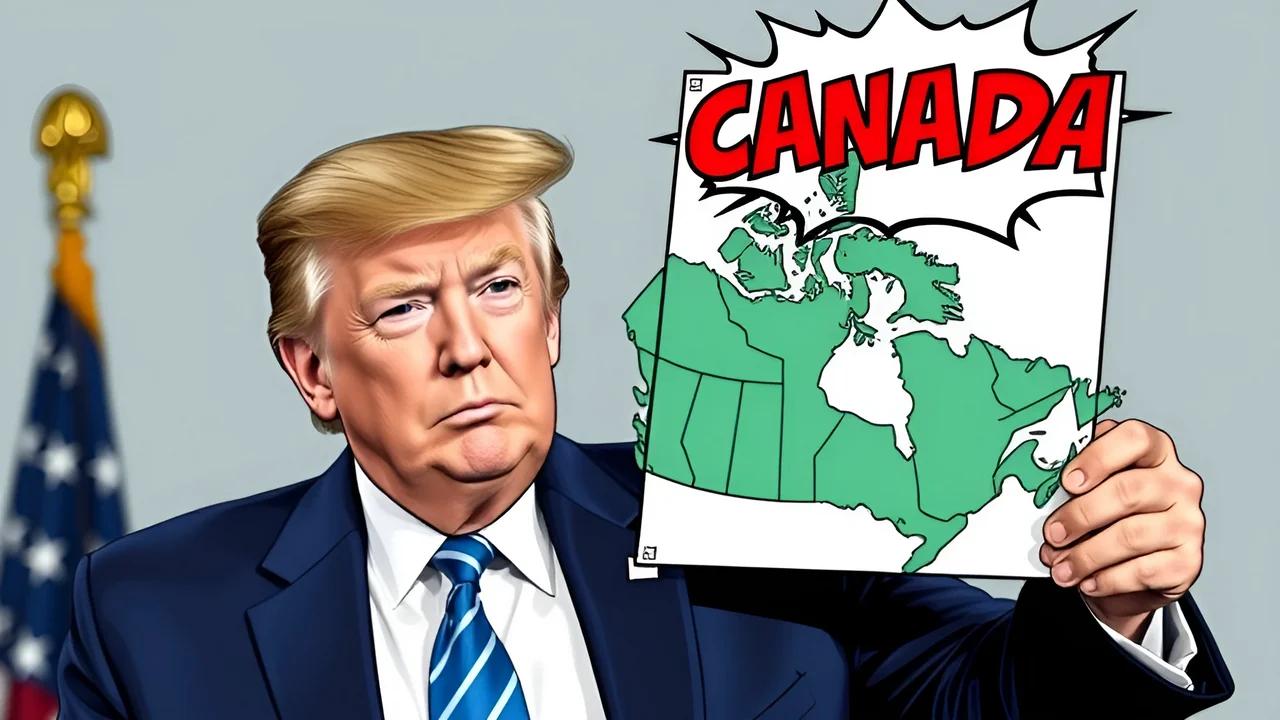A Nation Stunned by the Boldness of Violence
Canada prides itself on safety and civility, but the Starbucks shooting in Quebec has shattered that image, leaving citizens to question whether organized crime is rewriting the rules of violence. In broad daylight, inside a space meant for casual coffee and quiet conversation, bullets tore through the illusion of security. It wasn’t just another crime—it was a warning, a message written in gunfire that this country may be entering a new, darker era.
The chilling reality is this: when gang leaders and criminals feel untouchable enough to stage brazen executions in public spaces, it’s not just a sign of violence escalating—it’s a declaration that fear is the new currency of power.
The Public Space Problem: Why This Shooting Matters
Canada has seen organized crime before. Drug networks, biker gangs, and turf wars have long played their part in the country’s underworld. But shootings in cafés, restaurants, and now a Starbucks signal a disturbing evolution. The walls between private criminal disputes and public civilian life are crumbling.
This kind of bold attack sends a dual message: to rivals, it demonstrates ruthlessness and dominance; to the public, it shows no one is truly safe. The Starbucks shooting in Quebec is a headline today—but it could be a pattern tomorrow.
The Shift in Criminal Tactics
Experts argue that organized crime in Canada is adapting. Once confined to shadowy backrooms and deserted streets at night, violence is now spilling into mainstream spaces. These tactics achieve two goals at once:
-
Public Fear: Instilling terror far beyond the intended victim.
-
Media Attention: Securing instant, nationwide coverage that amplifies the gang’s image of power.
In this sense, the Starbucks shooting is less about a single death and more about shaping perception. Criminal organizations know that psychological warfare—fear, uncertainty, and helplessness—can often be more effective than bullets.
What This Means for Canadians
For ordinary Canadians, this incident raises urgent questions. Can public safety measures keep pace with an underworld willing to shed blood in broad daylight? Are cafes, malls, and parks now soft targets in an invisible war for dominance?
The government’s next steps—whether through policing, legislation, or intelligence operations—will be crucial. But beyond politics, there’s the human cost: the erosion of Canada’s sense of peace, the creeping dread that violence might erupt in the very places we feel most comfortable.
Conclusion: A Warning Written in Gunfire
The Quebec Starbucks shooting may be remembered as a turning point. Not simply because a life was lost, but because it exposed a chilling shift—crime that no longer hides, but flaunts itself. It’s a wake-up call for Canadians to confront the reality that the battle for control isn’t fought only in shadows anymore. Sometimes, it’s fought over a coffee cup, in the middle of the day, while the rest of us are just trying to live our lives.










